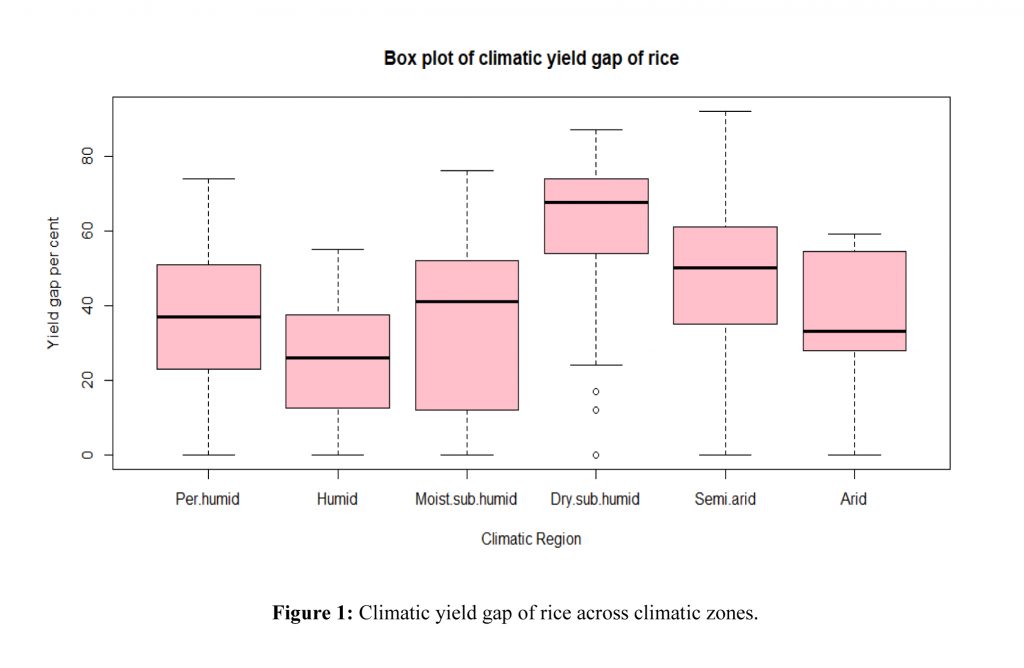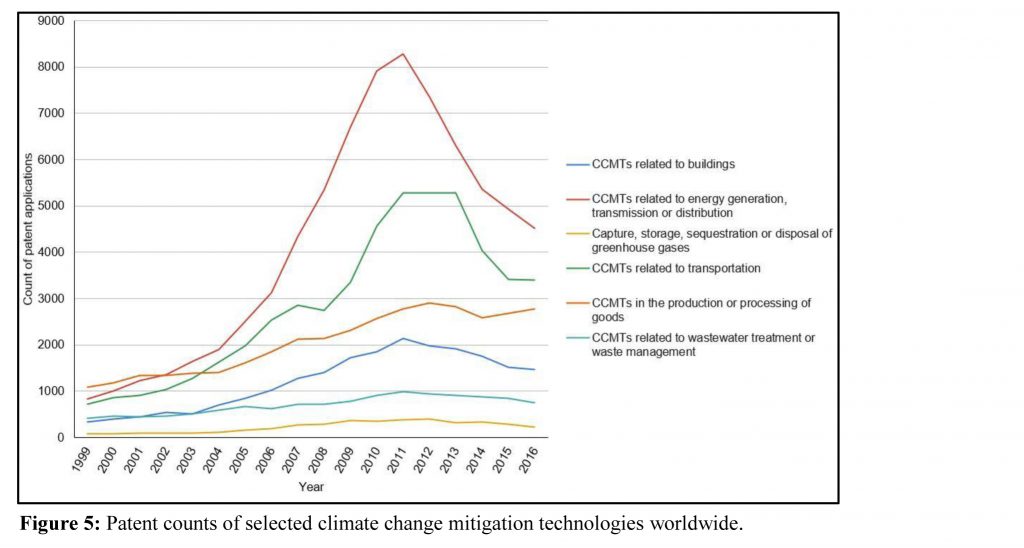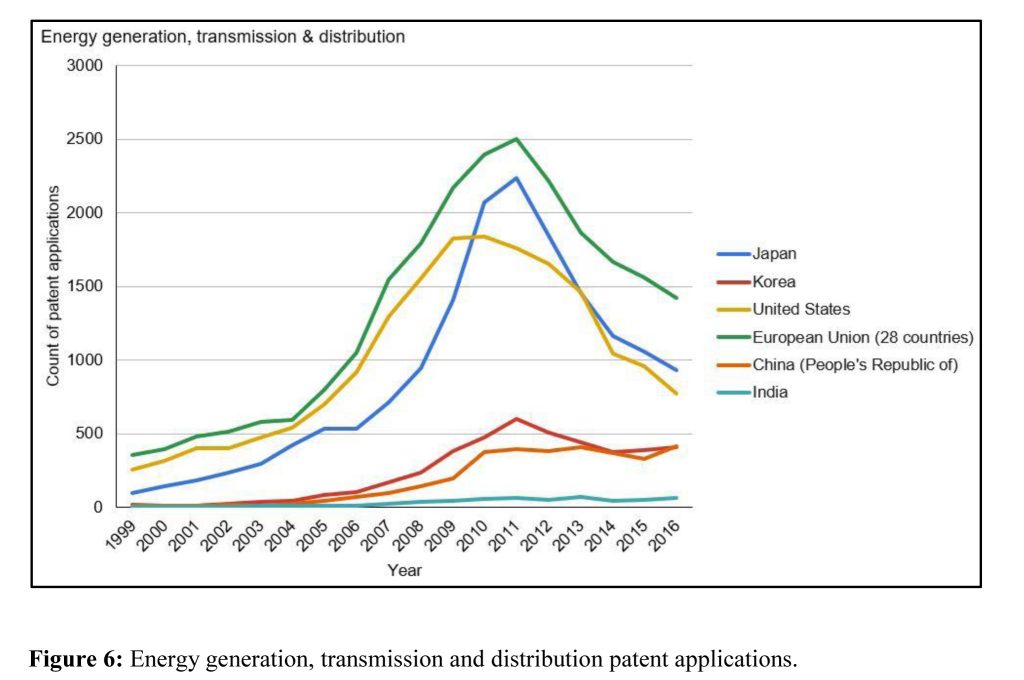Cross-Cutting Themes
Global warming and its impact on the natural resource sector and other sectors dependent on it has been a long-standing and recurrent theme in the work of the Foundation since its very inception and is an integral part of the underlying vision that informs its work. Several programme areas of the Foundation are invested in projects that to various degrees relate to climate change and its consequences within the scope of their general mandate. However, in the years since, climate change has emerged as a significant and overarching theme across the board in domestic and international/global environmental governance and policymaking, in the study of natural resources and its relation to society in various dimensions, especially the socioeconomic dimension, in state and civil society action for poverty eradication, the enhancement of incomes and livelihoods, and coping and mitigation of disaster and climate risk. Climate change has come to be seen increasingly as a necessary element in the context of older themes in natural resources such as biodiversity and agrobiodiversity, protection of ecosystems and ecosystem services, and the health of soils and land. Increasingly in the past decade, the global, regional and local in the context of climate change have become ever more strongly linked, with new techniques and methods of analysis, handling of big data from large data sets drawn from many sources and a new interdisciplinary thrust which influences action by all actors engaged in these issues.
The mandate of the Climate Change Group is to respond to these developments while focusing on climate change as a cross-cutting theme in the work of the Foundation, informing its work through independent research and actions that provide important insights and at the same time drawing from the practical and conceptual learning achieved in various programme areas. Field projects for interventions may be taken up, thereby leveraging the existing capacities of the Foundation. The activities of the group are specifically directed towards providing new policy insights and policy directions that will enhance interventions in the field, focused on the welfare of the poor and marginalized, as well as enabling reaching out to policy influencers and policymakers at various levels, especially in central and state governments.
The current projects being undertaken by the Climate Change Group are described in this section.
The Development-Adaptation Linkage and Yield Gaps in Agriculture
One of the challenges for developing countries is to adequately understand the linkage between the demands of development and that of climate change adaptation. In many studies, current conditions are taken as the baseline for climate change adaptation, ignoring the significant development deficits that contribute to current climate variability. Such conflation undermines both development and climate change adaptation and creates confusion in climate policy and climate action. As part of the Ministry of Environment, Forest and Climate Change (MoEFCC), Govt. of India funded project ‘Equity and CBDR&RC in the Context of 2 Deg Global Warming – Implications for India’, this issue is being studied with reference to climate change and agriculture, specifically through yield gaps in agricultural production.
Studies on yield gaps in the context of climate change and agriculture have been driven primarily by agronomy-based considerations, especially crop-modelling studies. On the other hand, studies in vulnerability of agriculture have focused on socioeconomic factors, with little explicit account of the need to increase yields. A common feature of both classes of studies is the treatment of current levels of productivity as given, and then determining the impact of climate change on production or on incomes and livelihoods. The impact of climate change tends to be confused with that of current climate variability, given the relatively low productivity of Indian agriculture at present. Such low productivity very frequently arises, across many crops and regions, not because of climate change, but because of a variety of other factors, which may be broadly described as developmental in nature.
Similar gaps between potential and actual productivity arise in other sectors as well, within the general definition of agriculture, as in the case of plantation crops, milk production and livestock, or inland and marine fisheries. Quantifying the extent of such productivity gaps is critical to making the right distinctions between development deficits and adaptation proper.
The yield gap is defined as the gap between the actual yield and the potential yield. The potential yield (Yp) is the yield of a crop cultivar when grown without water, nutrients and biotic stress (van Ittersum and Rabbinge, 1997)1. It is widely used as a benchmark for estimating yield gaps only for fully irrigated crops. For rain-fed crops, water-limiting yield (Yw) is considered the most relevant benchmark. However, for the purposes of our study of yield gaps in major crops across different climatic zones in India, with the district as the spatial unit, we take the maximum attained yield in every climatic zone as the basis. The yield gap for other districts in the same climatic zone is estimated relative to this maximum. For the climatic classification of districts, we use the revision undertaken in 2017 by the ICAR (Raju et al. 2018)4, based on a moisture index that accounts for both average precipitation and average annual potential evapotranspiration (averaged over 1971–2005).
The yield gaps for six major crops, namely, rice, wheat, maize, sorghum, soybean and pearl millet, have been studied, based on the average yield of districts over 2008–11 (these years are chosen for purposes of comparison with the similar estimates being undertaken by the ICAR). For rice and wheat, only districts with acreage >5000 hectares were included, while for the rest only districts having an acreage >3000 hectares for the crop were included in the analysis.
One of the overall striking results is the presence of considerable yield gaps in different climatic zones in all the crops. As an illustration of the results obtained, Figures 1 and 2 show, respectively, a boxplot of the distribution of yield gaps in rice across districts by climatic zones and a map of the districts illustrating the regional distribution of these yield
gaps.


A simple linear regression with good explanatory value shows that the yield gap for rice not only depends on water availability and water use (and fertilizer use) but is very significantly and positively correlated with the percentage of small and marginal farmers in the district among all cultivators (data being obtained from the Agricultural Census of 2011). Yield gaps are also particularly significant in maize.
A parallel project in the Ecotechnology programme area has calculated the projected decline in yield at the all-India and state levels based on current yields under two climate scenarios.

Comparison of the yield gap results with these projections shows that, prima facie, closing yield gaps is one of the most significant adaptation actions to be undertaken (see Figures 3 and 4). For instance, the median loss of yield in maize, across both a moderate and an extreme scenario of global warming (both giving higher than 2-deg temp rise), does not exceed 10 per cent. However, the median yield gap across most climatic zones is higher than 50 per cent, accounting for more than 80 per cent of the cultivated area of this crop. Similar observations, even though perhaps not as striking, can be made for the other crops. More detailed comparisons between projections and current yield gaps at the district level are to be carried out to study this issue further. These and related questions will be further pursued in the latter half of the project.

Shared Socioeconomic Pathways and Their Implications for India and Other Developing Countries
The global collective action nature of climate change has begun to have serious implications for climate action at the national, regional and local levels. In climate science, in the assessment reports of the Intergovernmental Panel on Climate Change (IPCC) and in international negotiations, increasing reliance is being place on scenarios of climate mitigation and adaptation for the future, based on complex ‘integrated assessment models’ describing potential development pathways, referred to as shared socioeconomic pathways (SSPs) for the future. These development pathways describe the evolution of key future economic and environmental variables for the world while keeping emissions within the limits of the global carbon budget so that temperature increase can be kept below 2°C (while making every effort to restrict it to 1.5°C) as agreed to in the Paris Agreement. These SSPs, while ostensibly global in character, also have implications for regions and individual countries in their detailed structure. It is not evident that the United Nations Framework Convention on Climate Change (UNFCCC) principles of climate action ‘on the basis of equity and in accordance with their common but differentiated responsibilities and respective capabilities’ have been duly incorporated in the construction of these pathways, and whether the pathways allow for meeting the development needs of the global South, including India.
The model pathways suggested by these studies have also been used to project the natural resource management pathways for various regions and countries. In doing so, the emphasis has been shifting from regarding natural resources and related sectors as the site of climate adaptation to their being regarded as having a key role in climate mitigation. Such a shift has serious consequences for a large population in the global South that is dependent on natural resources, ecosystems and ecosystem services for their well-being.
Despite its undoubted importance, the SSPs have been understudied in their implications for developing countries. A component of the MoEFCC project referred to previously in this section pays attention to a careful analysis of the assumptions, methodology and outcomes of the SSPs.
Some of the interim findings of the study are as follows:
i) Equity is not adequately embodied in the assumptions of such models, and as a result they are not reflected in the outcomes. In these models, equity is supposedly based on the future convergence, towards mid-century or later, of the per capita gross domestic product (GDP) of developed and developing countries. This, however, is not an adequate measure of equity in many important ways, especially in climate mitigation and adaptation.
ii) As a consequence, the outcomes of these models project that all developing countries should reduce emissions at the same rate as developed countries soon after 2020. This requirement is even stronger for restricting the global temperature increase to 1.5°C instead of the targeted 2°C. This approach, referred to as ‘contract and converge’ in the climate policy literature, has long been rejected as a possible equity-based approach to climate mitigation on a global scale.
iii) An overwhelming majority of pathways for restricting the global temperature increase to either 1.5°C or 2°C maintain that countries must undertake ‘negative’ emissions, meaning that carbon from the atmosphere must somehow be absorbed and sequestered. However, the means of doing this are very speculative, and currently, there are no feasible means of large-scale implementation. Thus, these pathways for future climate action offer a very tenuous basis for restricting temperature increase. The reason for such speculative modelling is clearly the need to allow developed countries in particular to postpone serious and drastic emissions reduction into the future, without any commitment to such action in the short term.
iv) While the proponents of SSP claim that a large number of consultations have been conducted, these by themselves do not add value, as there are no norms of diversity of ideas, and a plurality of approaches and methodologies to inform projections for future pathways is missing. The SSPs are all based on one typical methodology alone, which is the computation of growth in terms of economic models drawn from neoclassical economics, based on very specific assumptions about the behaviour of economic agents. This methodology is contested both within and outside the climate policy literature.
v) It is in this context that the SSP projections further specify the extent of agricultural land, the scale of livestock activity, the extent of forest cover and so on that are to be considered necessary for achieving the 1.5°C or 2°C target. Such projections are made for both developed and developing countries. Such targeting effectively turns natural resources into targets of mitigation, ignoring the impact of global warming on these resources and livelihoods dependent on them, which had led to these sectors being considered targets of adaptation. The renewed emphasis on ‘nature-based solutions’ in climate policymaking, ignoring the continuing and overwhelming role of industrial emissions in global warming, is a consequence of this shift in emphasis.
Natural resource projections under the SSPs are also model-dependent and use global models of vegetation cover, species extent and ranges, biodiversity and so on. A detailed study of this part of the SSPs and their implications, based on India’s experience and ground realities and comparing these projections to trends in India for the relevant variables, will be taken up further in this project.
This component of work is being carried out in collaboration with researchers from the National Institute of Advanced Studies, Bengaluru.
Annex-I Watch: Developed Country Performance in Patenting Climate Change Mitigation Technologies
One of the key requirements for meeting the climate challenge is the development of technologies for climate change mitigation. Such technologies are ubiquitous in their potential uses and need to be deployed on a large scale, particularly in developing countries that cannot take a fossil-fuel intensive pathway to development. It is well recognized that innovation in such technologies depends considerably on developed countries taking the lead. A key indicator of whether such innovative activity is indeed taking place is the patenting activity from key countries.
In this component of the MoEFCC project, among several streams of study, one particular stream focused on innovation in climate change mitigation technologies. In particular, the patenting data from the OECD Stat database on patenting as well as from PATSTAT (database of the European Patent Office) were studied with respect to the climate change mitigation technologies (CCMTs) identified by the UNFCCC. (Annex-I in the subheading refers to the developed countries under the UNFCCC who have special commitments and responsibilities.)
The key findings are as follows:
i) The share of CCMTs in all patenting activity is falling. It has reduced from 11.4 per cent in 2011 to 7.2 per cent in 2016.
ii) Patenting activity in CCMTs, including major renewable energy technologies, from the leading developed countries in innovations rose to a peak between 2009 and 2011 and has declined significantly thereafter. This is illustrated in two representative graphs (Figures 5 and 6).
iii) In contrast, China, which is the leading developing country in innovation, as reflected in patenting data, has steadily rising output in terms of patent application, even outperforming developed countries in some areas.
iv) The inescapable conclusion is that post-Copenhagen with legally binding commitments to mitigation for developed countries being taken off the agenda (in contrast to the Kyoto Protocol), and with the Paris Agreement following through, the pressure for innovation has dramatically ceased. This has serious implications for the validity of commitment to net-zero by mid-century, for the scale of future climate impact due to inadequate technological effort for mitigation and its consequences for the health of the planet in general and natural resources in particular.
This study is to be extended to technological innovation and ‘green technologies’ related to the natural resources sector.
This work was carried out in collaboration with Ms Arohi Patil, formerly of the Tata Institute of Social Sciences, Mumbai.


